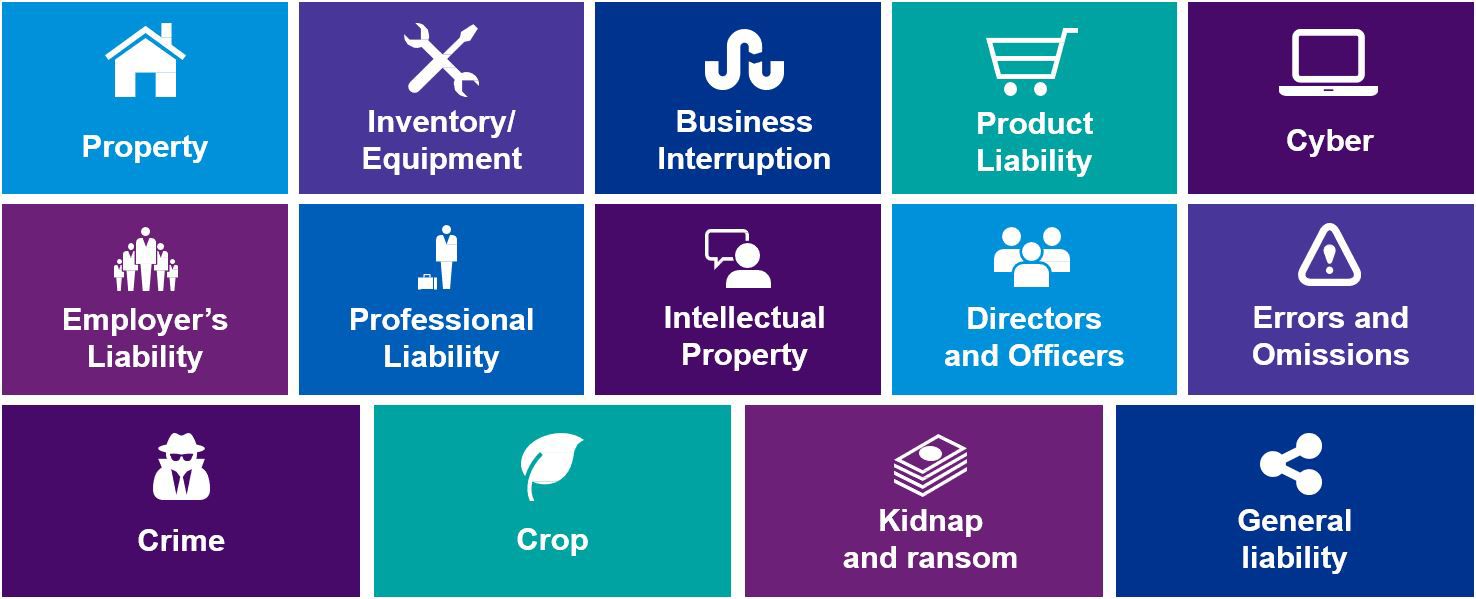The Canada Cannabis Markets Report 2019 suggests Canada is fast becoming the world’s leading market for the cannabis sector, with projected revenue of $7.2 billion for 2019.
What was once an illegal, black-market product is now receiving significant investment and has become a legitimate, regulated business opportunity for investors. So what are the challenges?
The cannabis industry is heavily regulated and requires companies to have robust risk management strategies in order to operate. In a traditional sector this level of regulation would make the proposition attractive for insurers, as the heightened level of oversight will generally limit the frequency and severity of losses. Regulation can’t eliminate losses altogether, as was witnessed by a large Directors & Officers claim within the cannabis industry recently, however it will give a company’s Risk Manager and Chief Financial Officer greater control of the business risks.
Any company in the cannabis supply chain, from cultivators to processors and retailers, face risks like any other sector. To mitigate some of these risks they look to insurance for a form of risk transfer and balance sheet protection. Insurers in the underwriting process review submission data and market conditions, as well as other factors, to set the cost and conditions to facilitate the transfer of risk from insured to insurer.
Key risks facing the cannabis industry

The challenge for the cannabis sector in obtaining insurance is three fold. Firstly the number of insurers accepting risks from the industry are limited as many with operational links to the US are grappling with the inconsistencies between State and Federal Laws. For those companies without these issues, another factor is underwriting expertise. There are currently few insurers and brokerage firms with dedicated resources to the cannabis industry.
Secondly the infancy of loss data in the field makes predicting frequency and severity of claims difficult, with insurers erring on the side of caution when it comes to the rates they set.
Lastly coverage terms and conditions in this emerging space remain fairly basic, with small limits, and sublimits or exclusions for some elements of coverage.
All of this can be generalized as a market of niche insurers, offering narrow policies for large premiums and a limited number of brokers with skilled teams, to negotiate more. A solution to self-insuring or purchasing limited commercial coverage is to set up a captive insurance company (“captive”).
A captive is an insurance company that insures and is controlled by, its owners. It is an alternative to self-insurance whereby the parent company will use its own capital to manage the risk transfer arrangements, outside of the commercial insurance market. A captive can underwrite any chosen risks faced by the parent company. Captives come in many shapes and sizes dispelling the myth that they are only for the largest of organizations. Even if your annual commercial insurance premium is only $1m, the benefits of a captive may still be achievable.

In the current cannabis market there are a wide range of benefits that a captive could bring to a business:
- Providing coverage for insurance that is not available, or is price prohibitive in the commercial insurance market.
- Setting premiums and coverage in line with the business’ own loss data and forecasts, excluding that of its peers.
- Captives have a lower cost base than a commercial insurer and so premiums are not impacted by an insurer’s cost of capital, administration costs or profit margins, to result in lower pricing.
- Access to the reinsurance market who, in general, will offer wider coverage and reduced pricing when compared to the commercial insurance market.
- Building a flexible risk transfer mechanism that is tailor made for the requirements of the business and its risk appetite.
- Utilizing a captive as a tool within the robust risk management framework allows the parent company to take ownership of their claims handling and risk mitigation activity.
- A captive allows the business to package risks into an (re)insurable form, which wouldn’t be achievable through other structures.
- Ensuring regulatory requirements can be met and documented.
A captive is a long-term tool and needs to be designed and implemented as such. Utilized correctly, for emerging sectors such as the cannabis industry, a company can gain a significant competitive advantage – providing additional protections and peace of mind to stakeholders and company leadership.
Stay up to date with what matters to you
Gain access to personalized content based on your interests by signing up today
Adam Smith
Partner, Head of Advisory, Sector Lead – Insurance
KPMG in Bermuda



